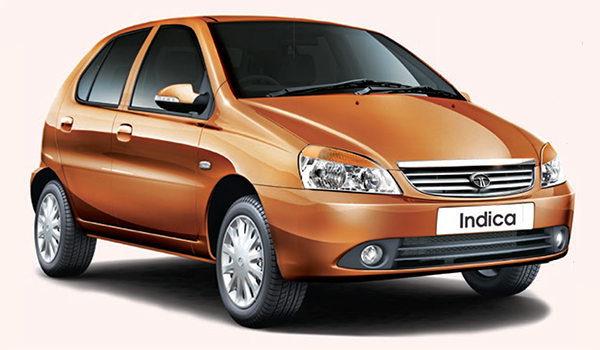 ‘We, at Car India, feel strongly that India must have at least two strong local players (like the Tatas and Mahindras) in our local automobile industry. Tata Motors have a lot to do to recover lost ground, but recover they must and as early as possible’
‘We, at Car India, feel strongly that India must have at least two strong local players (like the Tatas and Mahindras) in our local automobile industry. Tata Motors have a lot to do to recover lost ground, but recover they must and as early as possible’
Story: Editorial Advisory Board
EVEN IN THIS DIGITAL
age, the automobile industry continues to be one of the biggest employment generators in a nation’s economy. As a rule of thumb, one job in an auto company spawns 25 jobs further down the line whether in servicing, sales or ancillaries. A successful auto industry is, therefore, of crucial importance to the economy of any country, large or small. Also, investment in R&D by auto companies has several spin-offs and industries like defence, electronics and aviation have benefi ted as a result. Engine and gearbox technology is particularly important and has several applications in industries like power, water and the like. There are, therefore, great benefi ts in having an indigenously owned auto industry.
Let us start by looking at Britain, which today has virtually no indigenously owned auto industry of its own. British automotive history is full of examples of how prominent automobile names have grown, prospered and then collapsed because they were not able to cope with change. More than five decades ago, Britain had a car industry that was the envy of its competitors. Names that immediately come to mind include brands like Austin, Morris, Hillman, Wolseley, Rover and several others. Brands like Austin, Morris and Wolseley belonged to the erstwhile British Leyland, which collapsed because of a multiplicity of reasons that included antiquated work practices, labour trouble and outdated technology. The Hillman brand belonged to a group called Rootes. At one time, it made successful cars like the Hillman Avenger and the rear-engined Hillman IMP. However, reliability issues and strikes drove the Rootes group to near bankruptcy, and, in 1967, the Hillman brand was taken over by Chrysler. Chrysler subsequently closed down the Hillman brand in 1976.
Austin and Morris were two of Britain’s most successful car brands. Austin in particular had a reputation for producing highly dependable cars that included the Austin 1100 and the Mini. Morris, in turn, produced the highly successful Morris Minor, some examples of which are still seen on Indian roads. Austin and Morris were merged to form what eventually became British Leyland. British Leyland produced some horribly engineered products like the Austin Princess and Morris Marina and the end came in 1983. Here again, poor productivity, labour trouble and lack of reliability led to the demise of the brand. The end result was that Britain ended up with a car industry which had all the mainstream brands in the world, none of which was British. Rover, of course, now belongs to the Chinese and Mini is owned by BMW.
Coming back to India, the local automobile industry has seen astonishing growth in the last 15 years. India is now well poised to become one of the top five automobile nations by 2020. All the important mainstream brands, bar Peugeot Citroen, are in the market and competing ferociously. Tata Motors entered the Indian market nearly 10 years after Maruti and along with the Korean Chaebols, Daewoo and Hyundai.

At the outset, let it be clearly said that even with its fi rst vehicle, namely, the Indica, Tata Motors produced the best indigenous car that India had ever produced. In comparison with the Premier Padmini and the Ambassador of Hindustan Motors (which were admittedly foreign designs), the Indica was light-years ahead. However, the Indian automobile industry was changing rapidly with foreign MNCs coming into India and setting up huge capacities. With their fi nancial muscle and the latest technology, these MNCs produced cars of exceptionally high quality. In spite of cars produced by Tata Motors being cheaper, very soon the market situation started getting more diffi cult. Indian customers, who were exposed to the latest foreign models, started preferring foreign brands and chose to pay a little extra for these brands. The initial quality problems that the Indica and Indigo faced were reduced considerably, but some of them still remained. The adoption of the Indica and the Indigo by the taxi trade meant that individual buyers kept away. And then came the Tata Nano. Initial impressions and its appealing design implied a runaway success. Instead, the opposite happened. The Nano never really took off in the Indian market for a variety of reasons: these included poor marketing, incorrect positioning and perceived safety issues, among others.
Over the last 18 months, car sales at Tata Motors have dropped by around 40 per cent in a stagnant market. Discounts have hardly helped and increasing sales of Tata cars as taxis impaired their appeal for individual customers. It could well be said that Tata Motors are now at the crossroads. The Tata brand is great. The Indian automobile industry also needs to have a strong domestic brand. Also, the company continues to more or less hold its own in the domestic truck market. Further, its acquisition of Jaguar-Land Rover has hit gold. The overseas operations have turned out to be a sterling performer.
We, at Car India, feel strongly that India must have at least two strong local players (like the Tatas and Mahindras) in our local automobile industry. Tata Motors have a lot to do to recover lost ground, but recover they must and as early as possible. What is the prescription?
The first thing that Tata Motors need to do is to discover and understand their own mistakes. An unashamed admission of past mistakes can only help to make the future more secure. We were reminded of the case of Alfa Romeo, which, in a foolish move, turned the FIAT Croma into the Alfa 164 and paid the price. It took Alfa nearly two decades to come to terms with what really went wrong, which undoubtedly meant that the company was listening to insiders rather than outsiders for feedback. Getting authentic feedback in a big organisation is easier said than done. The ‘yes-men’ have got to go.
The local automobile industry has seen astonishing growth in the last 15 years. India is now well poised to become one of the top five automobile nations by 2020
For their new models (the Tatas needs them badly), Tata Motors can take Hyundai as their role-model. The sheer speed at which Hyundai have improved the quality quotient of their cars is a case-study for the automobile industry. Both car designs and engine designs have been overhauled to make them contemporary, state of the art and aesthetically appealing. In this area, the resurgent J-LR should be able to contribute significantly. Tata Motors’ R&D centres in the UK can also be of considerable help.
Quality problems need to be ironed out before the cars are introduced in the market. Auto buyers are far less forgiving today than they were 10 years ago and talk about reliability problems spreads very fast. For Tata Motors, here again J-LR can come to the rescue. The same J-LR at one time were considered very poorly in terms of reliability by ‘WHICH’ magazine in its consumer surveys in the UK. That lack of reliability continued to be a problem even under the ownership of Ford. After the acquisition by Tata, however, J-LR have made rapid stride and today rank in the top quartile for reliability in the UK.
Tata Motors also need to look and work more pro-actively with their stakeholders. More importantly, this means better and equal relationship with component suppliers. We have been told of how poorly component suppliers are treated at Tata Motors. One supplier mentioned that the executives of Tata Motors never replied back to telephone calls or e-mails nor did they pick up their phone calls. Even the managing director of the component supplier would not get his e-mails answered. Such behaviour is, perhaps, all right in a monopolistic environment, but certainly not in a seriously competitive environment that the automobile industry is facing today. Suppliers have a big stake in the company’s success and deserve to be treated as partners.
Finally, Tata Motors need to look deeply into the relationship with the media, and this includes all media, including specialised magazines. Playing favourites can backfire badly. It should be remembered that several ‘Car of the Year Awards’ from loyal scribes could not save the Nano. Tata Motors should learn from the exemplary press relations that companies like Honda, Hyundai and Toyota have with the media.
The automobile division of Tata Motors in India is far more important strategically and tactically for the Indian automobile industry than is commonly realised. We hope that Tata Motors will bounce back in the Indian market and even surprise us with some of their new products. Good luck! FEATURE Industry Watch CAR








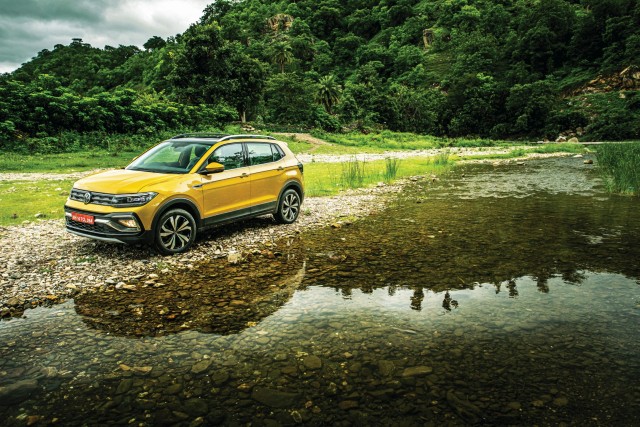


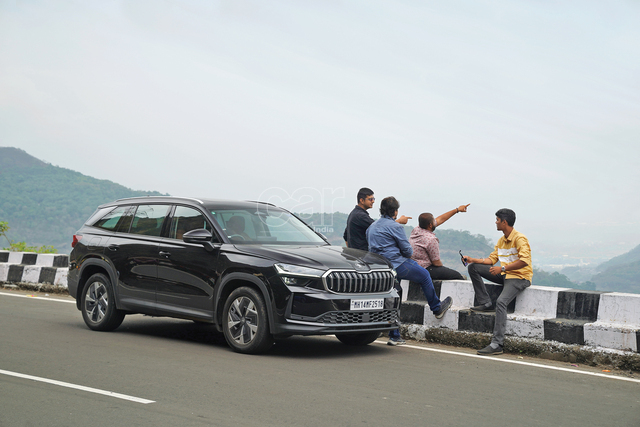



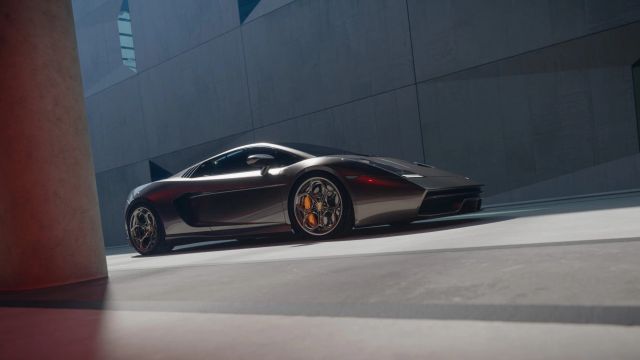

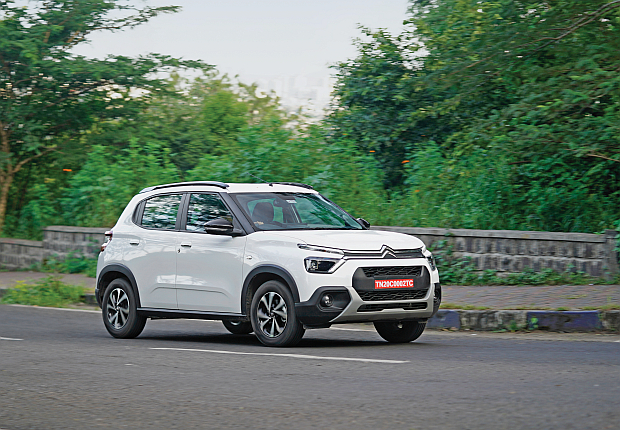


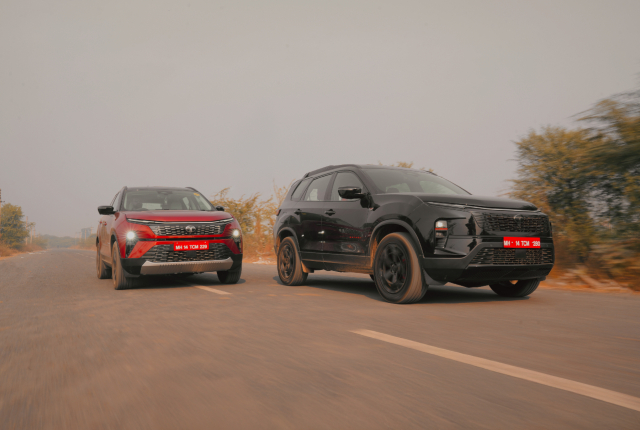
Leave a Reply